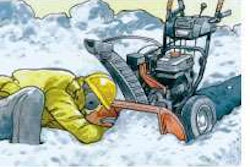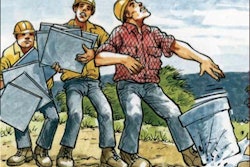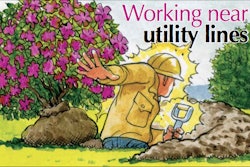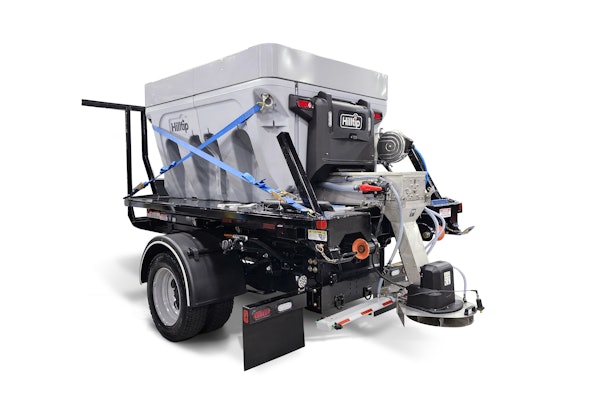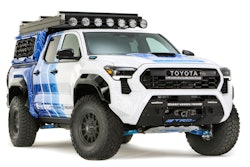
Best ways to protect yourself when working with pesticides
 The accident: A newly hired Hispanic landscaping employee is applying a slightly toxic pesticide to a client’s backyard. It’s hot outside, and he takes off his gloves for the job. Sweating profusely, the worker uses his hands to wipe his face. Within minutes, his eyes start to burn. He calls for help, and by the time his co-workers arrive, his hands, neck and face are covered in red blotches. The co-workers flush his face, eyes, hands and arms with water from a nearby hose. The Material Safety Data Sheet (MSDS) about the pesticide is not available. Co-workers transport him to a nearby emergency room, where he is treated for an allergic reaction to the pesticide.
The accident: A newly hired Hispanic landscaping employee is applying a slightly toxic pesticide to a client’s backyard. It’s hot outside, and he takes off his gloves for the job. Sweating profusely, the worker uses his hands to wipe his face. Within minutes, his eyes start to burn. He calls for help, and by the time his co-workers arrive, his hands, neck and face are covered in red blotches. The co-workers flush his face, eyes, hands and arms with water from a nearby hose. The Material Safety Data Sheet (MSDS) about the pesticide is not available. Co-workers transport him to a nearby emergency room, where he is treated for an allergic reaction to the pesticide.
The bottom line: The good news is the co-workers performed the correct first aid for the injured worker, and their quick thinking saved his eyesight and prevented serious burns. The bad news is everything else that went wrong could have been prevented. MSDS sheets for every chemical workers’ use should be available at jobsites in both English and Spanish, and workers should always wear protective equipment such as gloves and safety glasses around chemicals.
Here are more tips for working with pesticides:
• Don’t spray pesticides on a windy day.
• Always read the product label before arriving at the work site.
• Wear gloves, eye protection, long sleeves and pants when handling and applying fertilizers or pesticides.
• Some pesticide labels recommend wearing a respirator. Make sure it is clean and functioning properly before wearing.
• Clear the area of people and pets before beginning any chemical application.
• Apply chemicals at the rate the label specifies.
• Make sure your clothes are laundered after every work day that you use pesticides. Wash work clothes separately.
• Inspect hoses and parts before spraying.
• Lock chemicals in child-proof, properly labeled containers. The manufacturer’s label gives instructions for reusing and refilling containers.
• Don’t park chemical-containing equipment near spill drains or waterways.
• Wash your hands when the job is completed.
What a chemical label tells you:
• The chemical formulation
• Hazard ratings
• Signal words: “Warning,” “Caution”
• Precautions
• Personal Protective Equipment (PPE) recommendations
• Chemical identity by common name, synonyms and physical characteristics
• Application method
• First aid for accidents and health precautions


